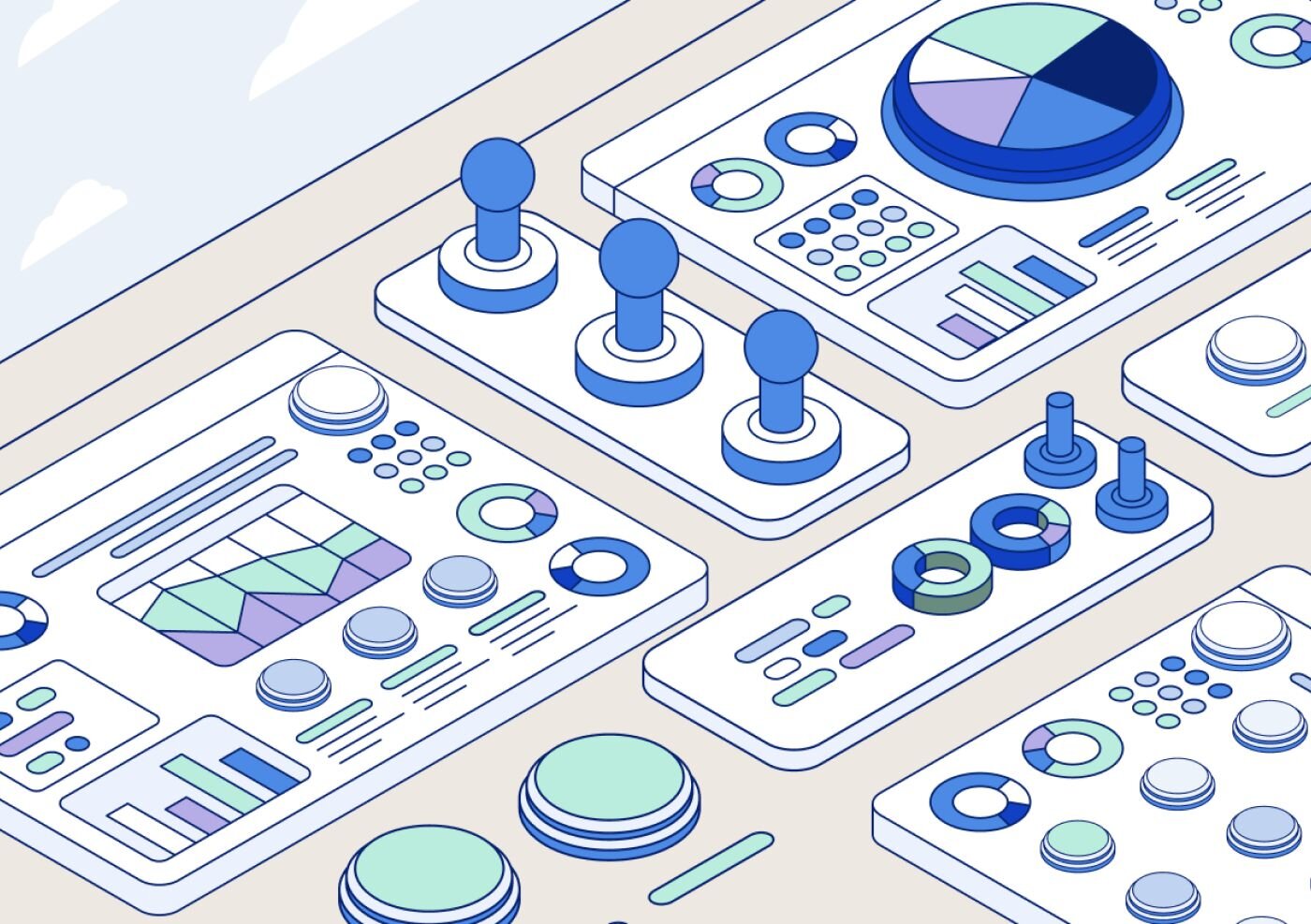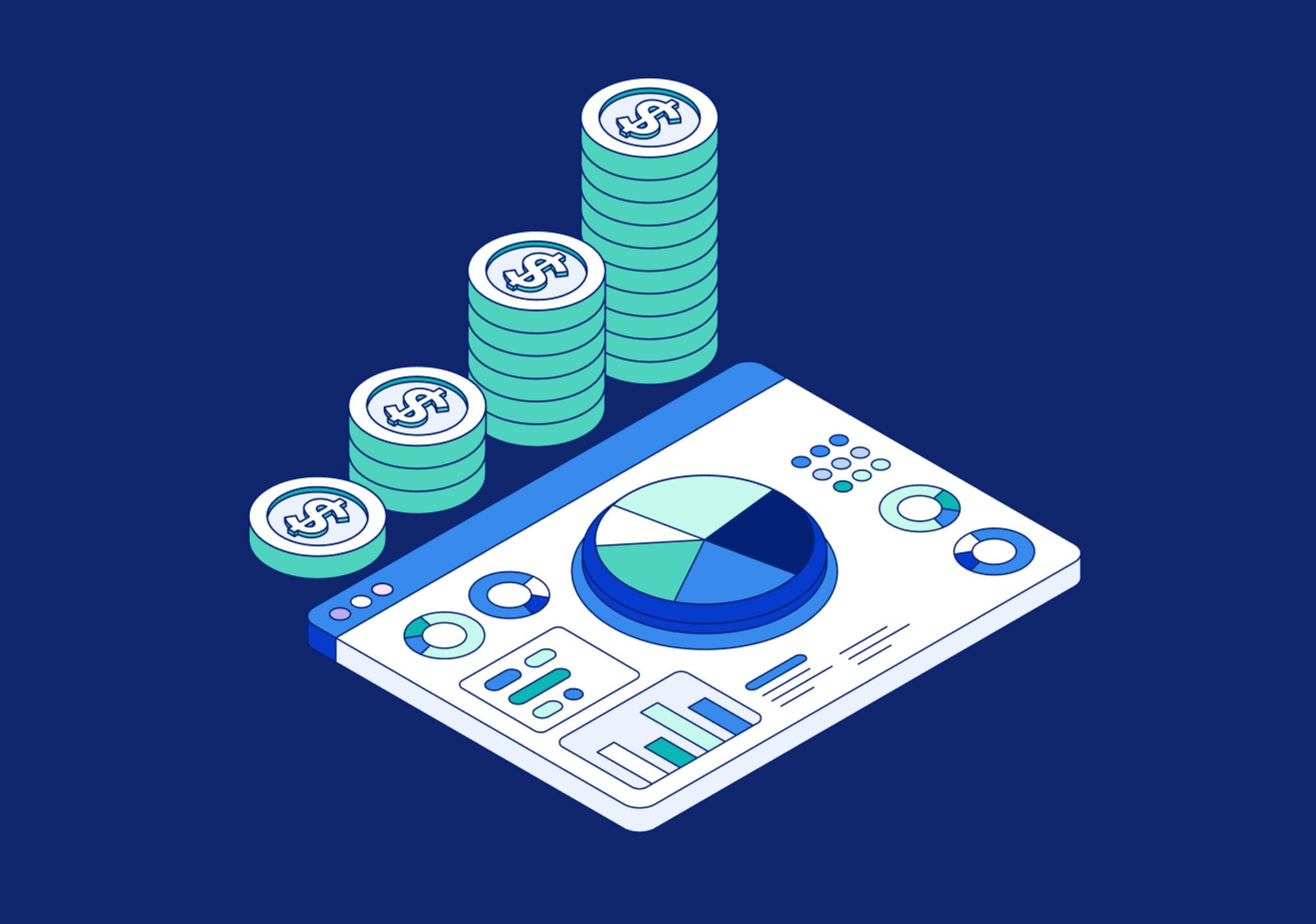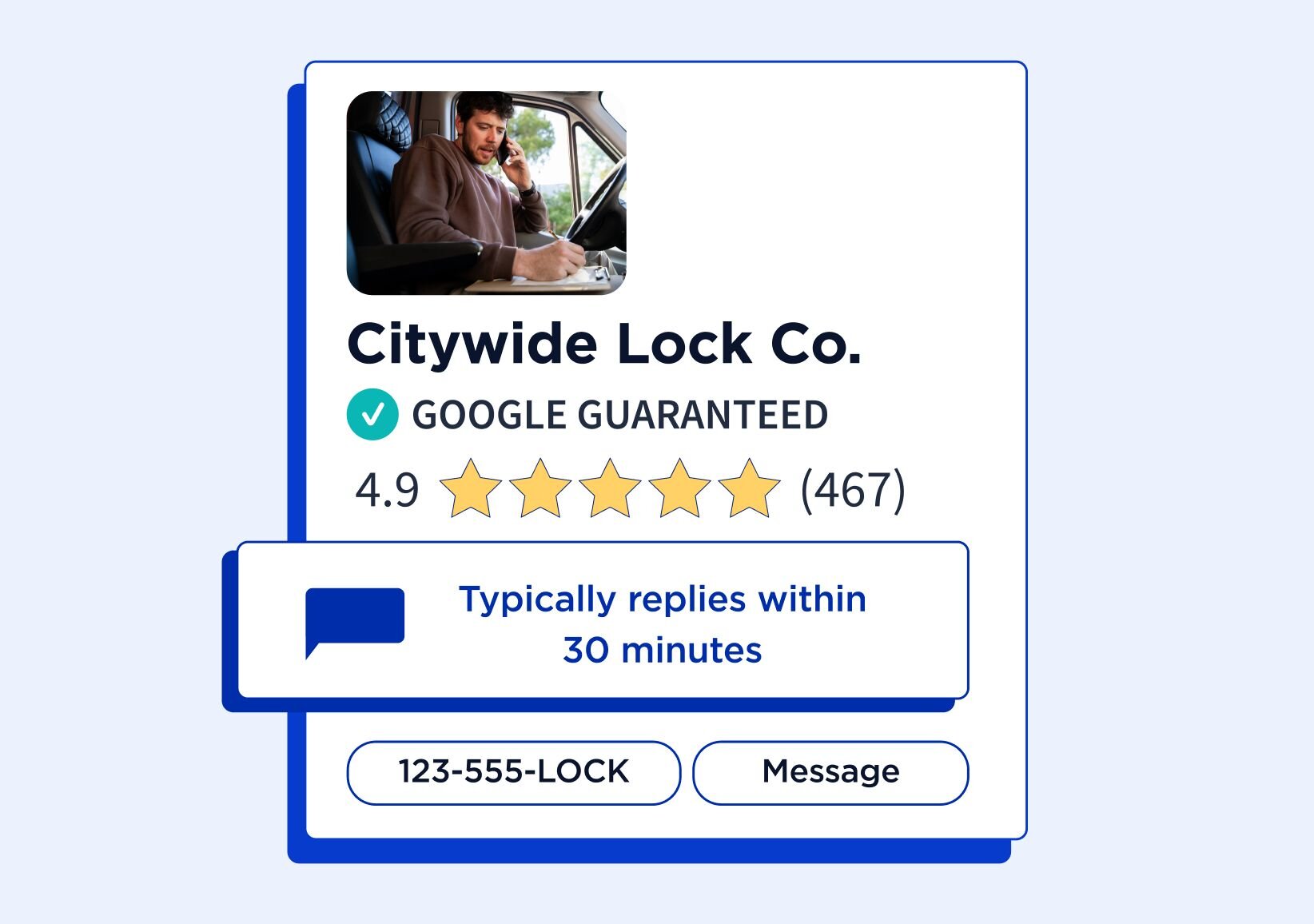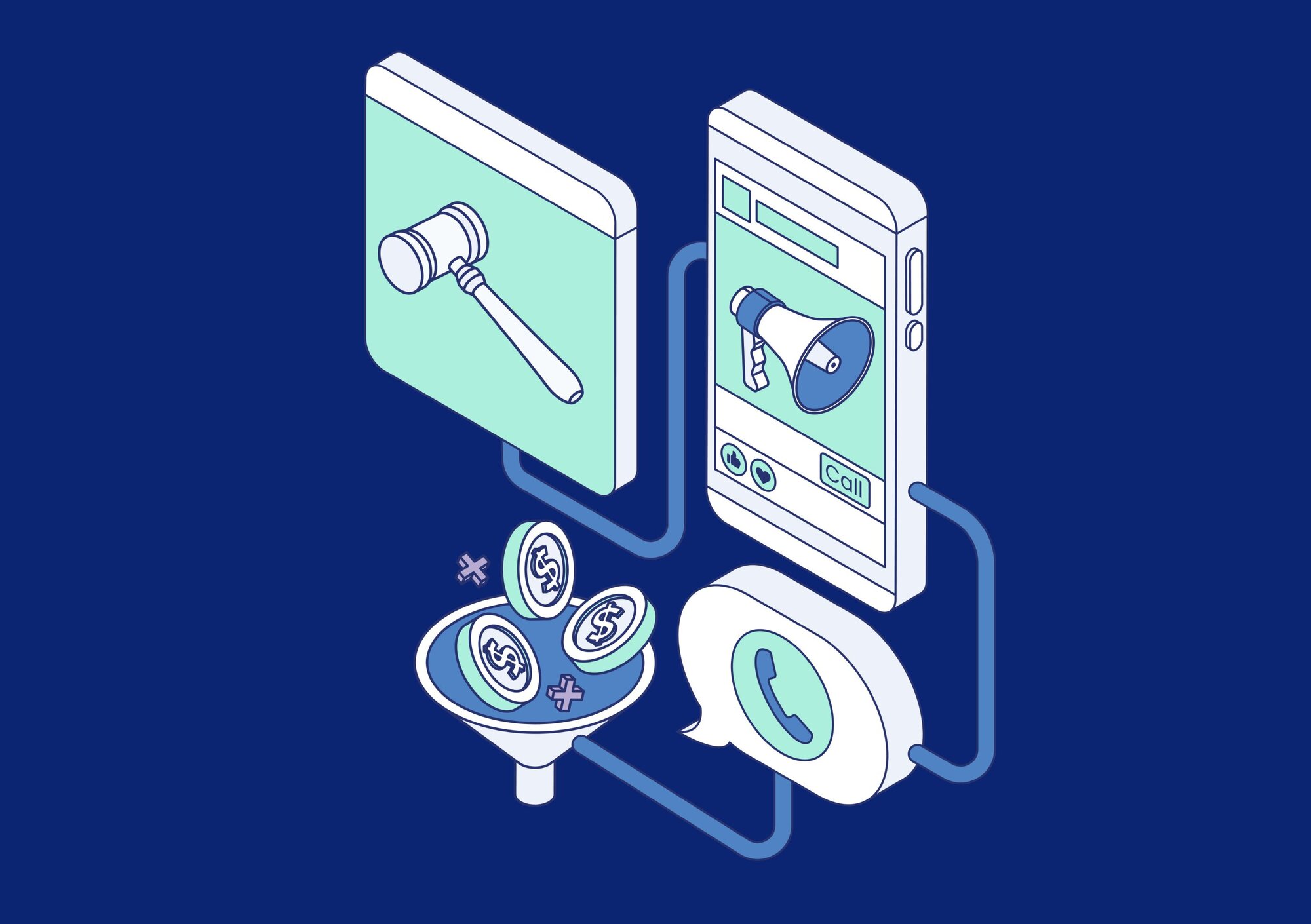This post is written by Christina Wilson, Content Department Manager at Incline Marketing, a valued member of CallRail’s agency community. Incline Marketing is a digital marketing agency, serving local services businesses, specializing in a full suite of performance-driven services, including SEO, PPC, Google LSA, Email Marketing, Website Development, and Social Media Marketing.
Nearly a decade ago, Google introduced Local Services Ads (LSAs) to connect service-based businesses with nearby customers ready to hire. What started out as “Home Service Ads” turned into a pivotal moment in digital advertising – one that introduced the pay-per-lead model, redefined ad visibility on the search engine results page, and empowered small businesses to compete with national brands in their own ZIP codes.
At Incline Marketing, we’ve been managing LSAs since day one. The initial slow rollout for home service categories has evolved into one of the most dynamic (and at times, unpredictable) tools in the local marketing stack.
And if the last two years are any indication, the rest of 2025 and 2026 will be transformative for businesses that know how to adapt to Google’s ever-changing landscape, especially where local businesses are involved.
From simplicity to sophistication: The evolution of LSAs
The launch of LSAs created a shift in the SERP landscape, creating more visibility opportunities and only requiring payment when someone contacts your business.
Over time, this has evolved into much more, including verified reviews, dispute processes, a “Google Guaranteed” badge, and expanded service categories. Yet the core promise remains: generate high-quality leads at a controlled cost.
In the past two years, however, the pace of change has accelerated. New features, policy shifts, and algorithmic tweaks are reshaping how businesses and agencies approach this channel.
Some of the most impactful updates we have seen include:
- Auto-crediting of unqualified leads, replacing traditional manual dispute systems
- Stricter service, location, and service-area enforcement, with no refunds for calls outside your defined parameters (including jobs you cannot service)
- New Terms and Conditions, allowing Google to use call data to better understand customer needs
- The “Rate My Lead” feature, intended to help refine the algorithm (though with unclear results to date)
These shifts reflect a broader theme: Google is moving from vertical expansion to platform refinement. Rather than adding more industries, Google is focused on optimizing the current LSA experience for businesses and customers alike.
Inside the machine: What we’re seeing in the data
At Incline, we manage LSAs for hundreds of service businesses across North America. More than 90% of the LSA profiles we manage consistently rank in the top 3 positions. For many clients, LSAs deliver their lowest cost-per-booked-job across all advertising channels.
We attribute that performance to a mix of strategic account management and operational rigor:
- Every call is manually reviewed and analyzed to capture intent, qualify leads, and inform strategy
- Rate every lead to improve the quality of calls and to recover unqualified spend
- Confirm bookings in our clients’ CRMs to attribute an actual CPB or ROI
- We prioritize cost-per-job over vanity metrics
Psst! Pro tip from CallRail: Review every call recording and transcript manually — or let AI-powered Conversation Intelligence do the work for you. Automatically surface lead quality, intent, and next steps without hours of call listening.
And while automation is becoming a more prominent theme in Google’s roadmap, we believe pairing AI insights with the human layer (listening to calls, understanding intent, and adjusting strategy) is what turns LSAs from a tool into a competitive advantage.
Challenges in 2025
Not all updates have been welcomed by the LSA-savvy.
Features like auto-crediting may simplify things for businesses that don’t actively manage their accounts, but they can be frustrating for those who do. Agencies that listen to calls, dispute leads accurately, and work proactively are now finding fewer options for control, and in some cases, less transparency.
We’ve also seen limited improvement from features like “Rate My Lead.”
Though positioned as a way to improve lead quality, we haven’t observed a notable uplift in call relevance or customer intent. And while call costs are considered modest, fewer refunds are being granted, and that can disproportionately affect those who rely on accurate attribution and cost control.
Despite these challenges and new changes, we remain optimistic.
Looking ahead: Predictions for 2026
As leaders in the LSA landscape and Google Partners, here’s what we expect to see in the next wave of LSA updates:
- Smarter AI, Not Just More AI: Automation is here to stay, but it needs to get smarter. We hope to see machine learning that actually learns from lead quality ratings, listens to call outcomes, and adapts campaign visibility accordingly. We will continue to manually review calls to ensure nothing slips through the cracks during this learning phase.
- More Granular Control for Active Managers: There’s a need for tiered access or features that reward active management. Businesses and agencies investing time into data cleanup, call reviews, and strategy should have tools that reflect (and reward) their effort.
- Enhanced Lead Quality Filters: Instead of focusing purely on volume, Google should refine its lead filtering process, prioritizing customer intent and call completeness over simple connection metrics.
- Transparent and Accurate Performance Benchmarks: Giving businesses visibility into average cost-per-lead benchmarks by industry and region would allow for better planning, expectations, and budgeting. While this feature is available currently, we have found that it isn’t always accurate.
- Platform Stability and Partner Input: In 2024 and so far in 2025, we have seen Google become more open to feedback from partners like Incline. That’s a good sign. We believe 2026 could mark a year of collaboration, where top agencies help shape product development in ways that benefit everyone: Google, partners, and small businesses alike.
Crafting a strategic partnership
LSAs have matured into a sophisticated advertising product. And like any platform, success depends on more than just signing up; it requires strategy, constant refinement, and a partner that understands both the technical and human sides of local marketing.
At Incline, we’re proud to help businesses thrive in one of the most competitive spaces in digital marketing. LSAs aren’t perfect, but when done right, they’re among the most cost-effective, high-converting tools available.
The next chapter for LSAs is coming fast, and as partners, we will continue to anticipate and adapt to the changes Google throws our way.











